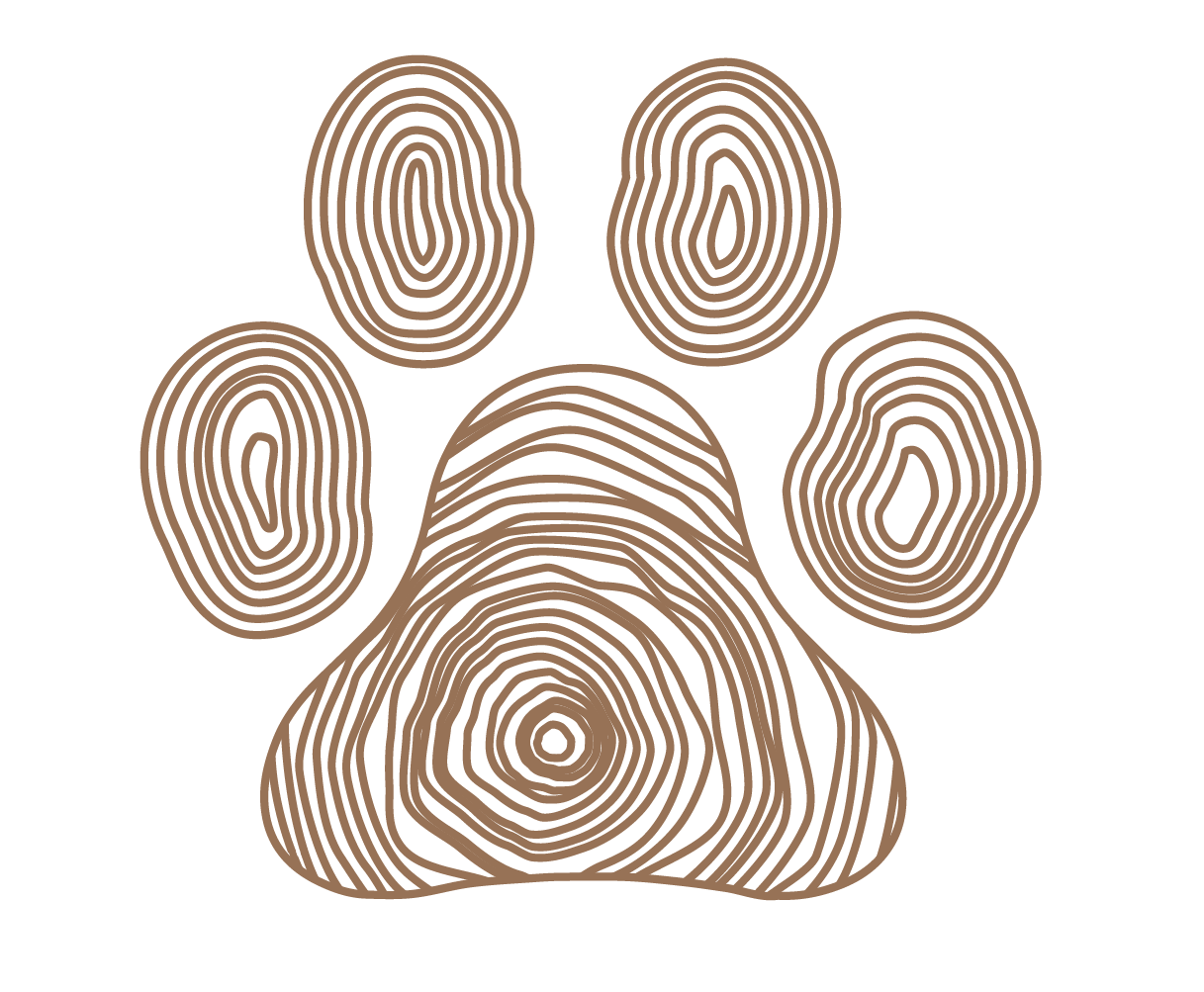Last month (remember my intention to post every other week? HA!) I wrote about using the basic tools you and your dog already have at your disposal, this week I want to discuss specialty tools – the things we teach our dogs that we never would have taught if we didn’t need to.
Some dogs get get through life easy-peasy with the basics they learn in a group class while others have more, greater or just different needs. The people who live with these dogs are often the ones who call professional trainers to help: they can’t figure out how cope with particular challenging scenarios with their dog. Sometimes the answer is as simple as creating a new and functional cue to circumvent the issue completely.
Here are a few real life examples:
Bear, a puppy I worked with a few months ago who would regularly growl if one of his family members tried to move him off the couch with physical prompting (a nudge, gentle push, etc). While he had more generalized handling sensitivities that we dealt with, for this particular situation we taught him an “off” cue, which meant, “get yourself off the couch and onto the floor”. It worked beautifully.
Lilly the Goldendoodle who played keep-away when it was time to go for a walk needed to learn a “get dressed” cue that prompted her to voluntarily place her face and head through her harness.
Tomlin and Winston, canine brothers-from-another-mother who would rush the front door and explode with barks when visitors arrived. For them we worked on a stationing cue: where they would “go to [their] couch!” when prompted verbally, or, with the eventual goal of being cued by the doorbell.
…but obviously this post finds its foundation with Kit. Necessity is the mother of invention, and Kit necessitated me training a bunch of stuff that I’d never needed before. Here are a few:
- “Back it up” to reverse him out of my personal space bubble, especially when tying my shoes (this is almost certainly followed by a sit-stay).
- “Easy” to slow his pace down on walks, not to reduce leash tension but to anchor him back into his body when he would get hyper-aroused.
- “Couch” to station him on a piece of furniture & keep him out of the way (and from giving Shine dirty looks) when I’m preparing the dogs’ meals.
These are clearly solution oriented cues: used to address specific problems or scenarios. None of these are taught in your standard group training class, but as you can see they are wildly practical.
How how do you know if there’s a specialty cue out there to help you resolve one of your doggy dilemmas?
It’s worth noting that cue-based training is not typically effective on it’s own for addressing behavior concerns that involve a dog’s emotions. By that I mean if the dog is doing something you find undesirable because she is scared, anxious, or otherwise upset, you will (as in the case of Bear mentioned above) almost certainly need to develop a behavior modification plan that focuses on the dog’s emotional state, not just the external expression of it. A specialty cue may be a support, but it is almost never the solution.
Let’s try a quick visualization exercise: think about the issue you’re having–again, try to think about one that does not center on an emotional reaction–now back up, what is the scenario, your mind set, the dog’s location, yourlocation, maybe even your intention immediately before the problem occurs? Is there something you can think of that you could ask the dog to do, in this moment before the dog does That Thing that would prevent it from happening?
Let’s break down some of the above examples:
Kit’s Back it Up
The scene: Human is about to bend down to put on/tie laces of shoes
Dog’s undesirable response: Leaping forward to lick human’s face
Solution: PRIOR TO bending down, dog is prompted to back up away from the person, sit, and stay
Bear’s Off
The scene: Human wants to move the dog off the couch (to sit down, adjust position, etc)
Dog’s undesirable response: Growling when dog feels hand pressure applied to body
Solution: PRIOR TO attempting to move physically, dog is verbally prompted to jump off the couch
Lilly’s Get Dressed
The scene: Human moves towards dog, harness in hand to put harness on the dog
Dog’s undesirable response: Moving away from the human & harness
Solution: PRIOR TO attempting to walking towards the dog, the human prompts the dog to place her head through the harness
You see how it works? The real key is the “PRIOR TO” part – we’re not looking for a fix once the dog has started doing That Thing, we want to know what we can do to avoid that behavior completely.
Of course, it’s important to note that all of these specialty tools have to be honed PRIOR TO (there it is again!) actually using them in the situation. To go back to our tool box analogy, you wouldn’t try to use a saw that hadn’t been searrated yet or a drill bit that was blunt on the end: you need to have your tools fully formed before putting them to work.
So, what’s in your dog’s toolbox? Probably a sit and a down–our hammer and screwdriver–but is there an empty slot where some specialty tool needs to go? Maybe it’s a chainsaw, maybe it’s bolt cutters, or perhaps a pipe wrench. There’s no end to the cues and tricks you can dream up to find creative solutions to suit your and your dog’s needs, but the responsibility to discover that missing tool, to train it, and then, ( most importantly!) to remember to use it, is in your hands.
